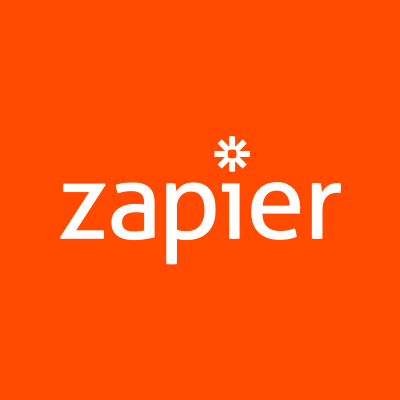On Starting A Meal Planning Business & Growing To Thousands Of Customers
Hi, I’m Joel Runyon and I’m an Athlete, Entrepreneur, and founder of Ultimate Meal Plans. Ultimate Meal Plans is a meal planning service that specializes in meal plans and recipes for Paleo, Low Carb, Ketogenic, AIP, Clean, and Banting diets.
Designed to be simple and easy for busy people, all our meals can be cooked in 15 minutes or less and make use of just 5 ingredients.
Users can choose the diet they are interested in, select the number of people they are cooking for, and every week they receive healthy, delicious recipes along with a weekly shopping list with everything they need to buy.
Users can also remove any specific food types they wish and we integrate with food delivery services in the US with one click, so you can set up orders automatically.
Today Ultimate Meal Plans has served...

Download the report and join our email newsletter packed with business ideas and money-making opportunities, backed by real-life case studies.

Download the report and join our email newsletter packed with business ideas and money-making opportunities, backed by real-life case studies.

Download the report and join our email newsletter packed with business ideas and money-making opportunities, backed by real-life case studies.

Download the report and join our email newsletter packed with business ideas and money-making opportunities, backed by real-life case studies.

Download the report and join our email newsletter packed with business ideas and money-making opportunities, backed by real-life case studies.

Download the report and join our email newsletter packed with business ideas and money-making opportunities, backed by real-life case studies.

Download the report and join our email newsletter packed with business ideas and money-making opportunities, backed by real-life case studies.

Download the report and join our email newsletter packed with business ideas and money-making opportunities, backed by real-life case studies.




















